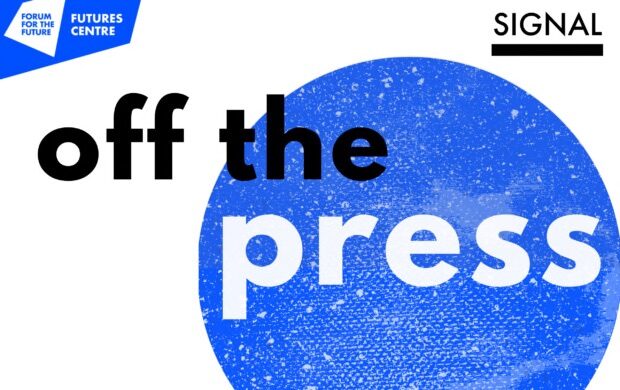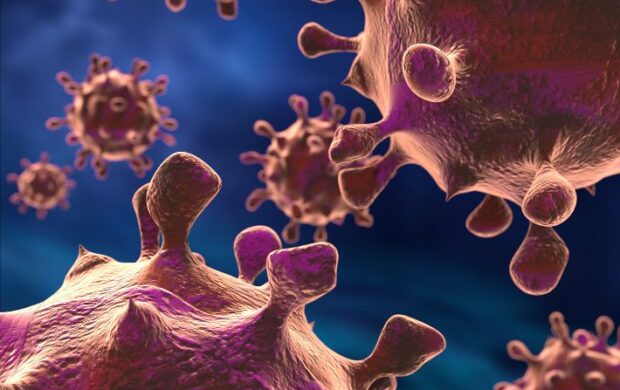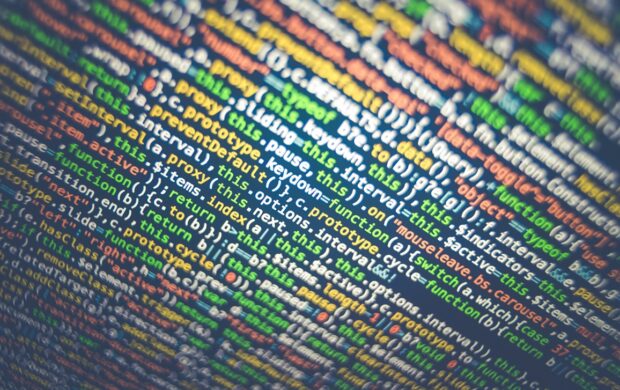For the first time, individual nanoribbons have been created – with the potential to revolutionise a range of technologies, according to the scientists behind the breakthrough at University College London (UCL). The team was trying to separate layers of phosphorus crystals into two-dimensional sheets, and found they created nanoribbons instead.

The phosphorene nanoribbons are “tagliatelle-like ribbons” only one single atom thick and can be up to 100,000 atoms long. Their width/length ratio is described as to be similar to the one of “the cables that span the Golden Gate Bridge”. The combination of phosphorene, a 2-dimensional substance and nanoribbons, a very flexible one-dimensional material, lead to their uniform and manipulatable width and flexibility that allows fine-tuning of conducting electricity and incredible adaptability to any surface contours.

















